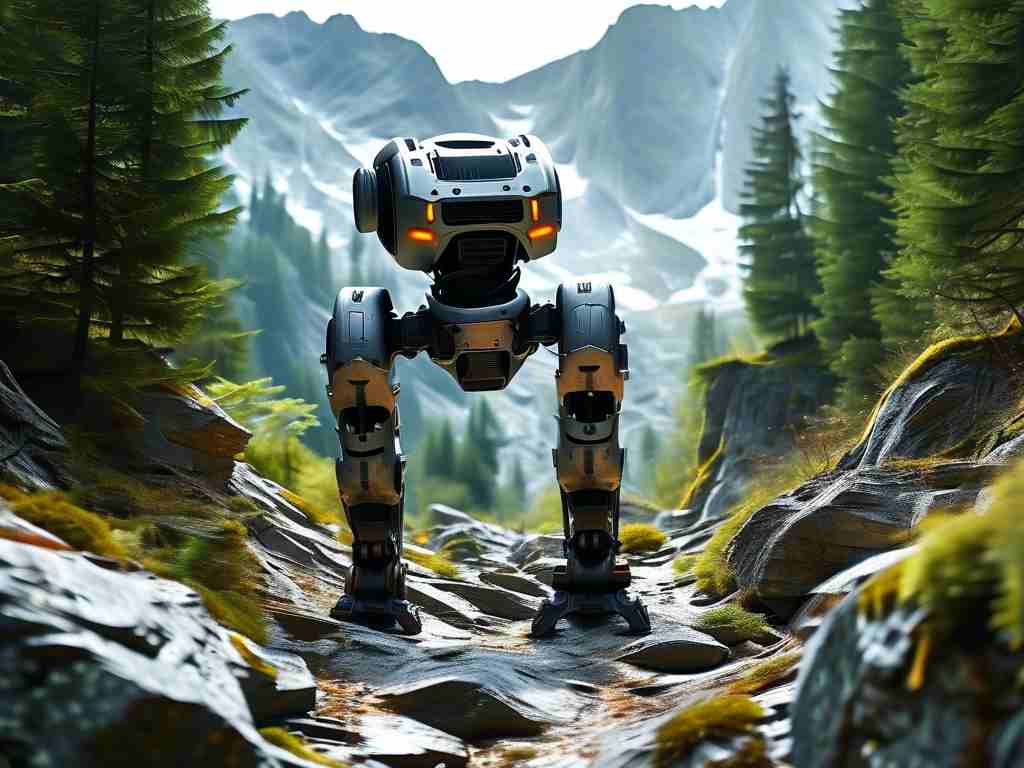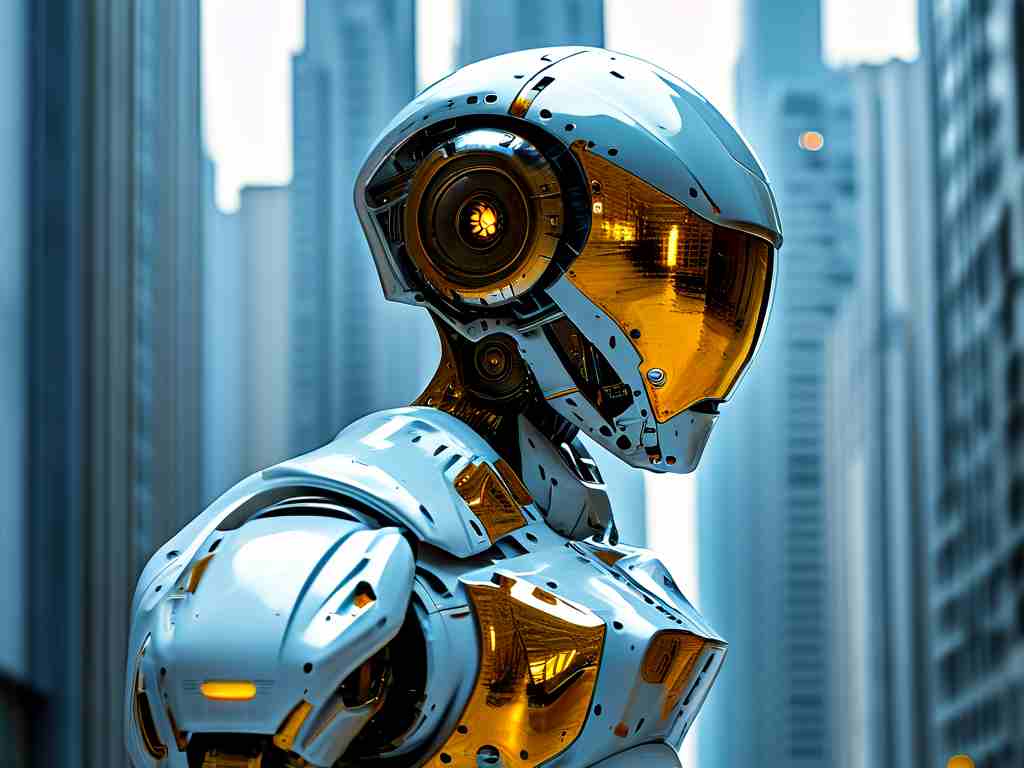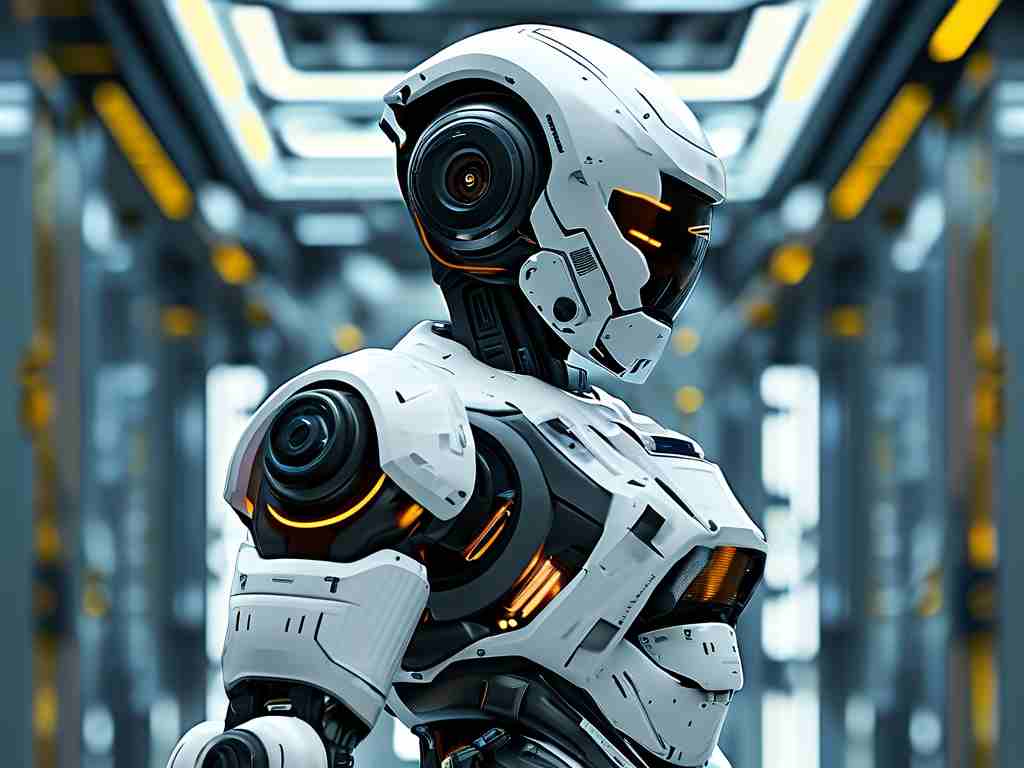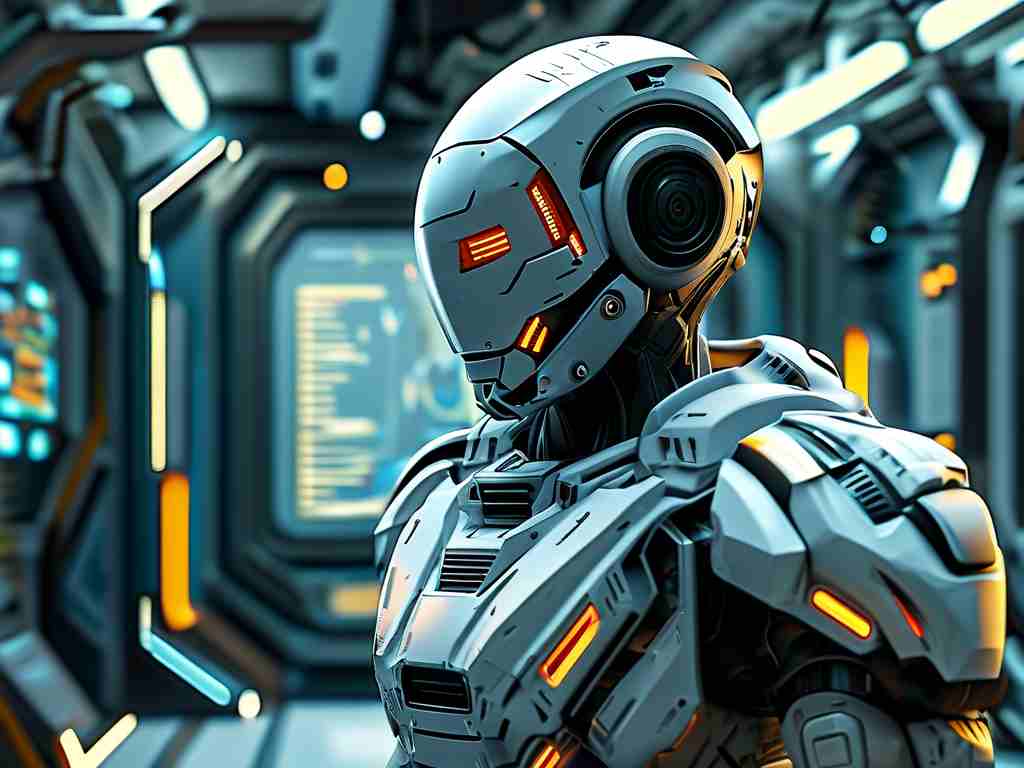As robotics evolves to meet complex terrain challenges, wheel-legged hybrid systems are redefining mobile automation. This article explores the fusion of wheeled speed and legged adaptability through three technical dimensions: mechanical design innovations, control algorithm breakthroughs, and practical application scenarios.

Mechanical Architecture
Modern wheel-legged robots employ transformable mechanisms that dynamically reconfigure movement modes. The ETH Zurich-designed ANYmal-C combines retractable wheels with articulated legs, enabling instant transitions between 38 cm/s wheeled cruising and 15° slope-climbing legged motion. Unlike traditional robots requiring separate actuators for different locomotion types, next-gen designs like Unitree's B1-UGV integrate harmonic drive reducers with 12-DoF hybrid joints, achieving 87% energy efficiency during mode transitions.
Control Systems
The core challenge lies in real-time terrain adaptation. Researchers at Carnegie Mellon University have developed multi-modal MPC (Model Predictive Control) algorithms that process 3D point cloud data at 30Hz. Their experimental robot demonstrated 92% success rate in urban obstacle courses featuring stairs, gravel paths, and 25cm gaps. Neural network-based approaches show promise too – MIT's Cheetah 3 utilizes deep reinforcement learning to predict optimal contact points, reducing wheel-leg coordination latency to 50ms.
Power Management
Energy optimization remains critical for field operations. Tsinghua University's prototype employs regenerative braking in wheeled mode, recovering 18% of descending energy on 15° slopes. Advanced thermal management systems using phase-change materials maintain battery temperatures within 5°C of optimal range during 8-hour continuous operation.
Application Frontiers
-
Disaster Response: Wheel-legged robots like Boston Dynamics' Handle excel in post-earthquake environments, combining stair navigation (leg mode) with rapid corridor traversal (wheel mode). Field tests show 40% faster response times compared to tracked robots in mixed urban rubble.
-
Industrial Inspection: Shell's pipeline monitoring robots utilize magnetic wheels for vertical surface movement while deploying leg mechanisms to bypass weld joints. This hybrid approach reduces inspection downtime by 65% in refinery applications.
Technical Barriers
Current limitations include:
- Payload Capacity: Most systems max out at 30kg payload due to joint torque constraints
- Sensor Fusion: Synchronizing LIDAR, IMU, and visual data across moving platforms causes 12-15% localization drift
- Cost: Production versions remain 3-5x more expensive than single-mode counterparts
Emerging solutions involve:
# Simplified control logic pseudocode
def locomotion_selector(terrain_analysis):
if terrain.slope < 10° and roughness < 0.2:
activate_wheel_mode()
else:
activate_leg_mode()
adjust_power_allocation(sensors.battery_level)
Future Directions
The field is moving toward bio-inspired designs – Harvard's KR-2 mimics feline shoulder mechanics for smoother gait transitions. Material science breakthroughs like 4D-printed auxetic structures promise self-adapting wheel-leg interfaces. As compute power grows, we anticipate sub-10ms mode switching capability by 2026, potentially revolutionizing mobile robotics across defense, logistics, and planetary exploration domains.
This technological convergence doesn't render traditional robots obsolete but creates specialized solutions for environments requiring both speed and adaptability. The ultimate goal remains creating machines that move as efficiently as animals while maintaining mechanical reliability – a challenge that continues to drive innovation in actuator design, AI perception, and energy systems.









